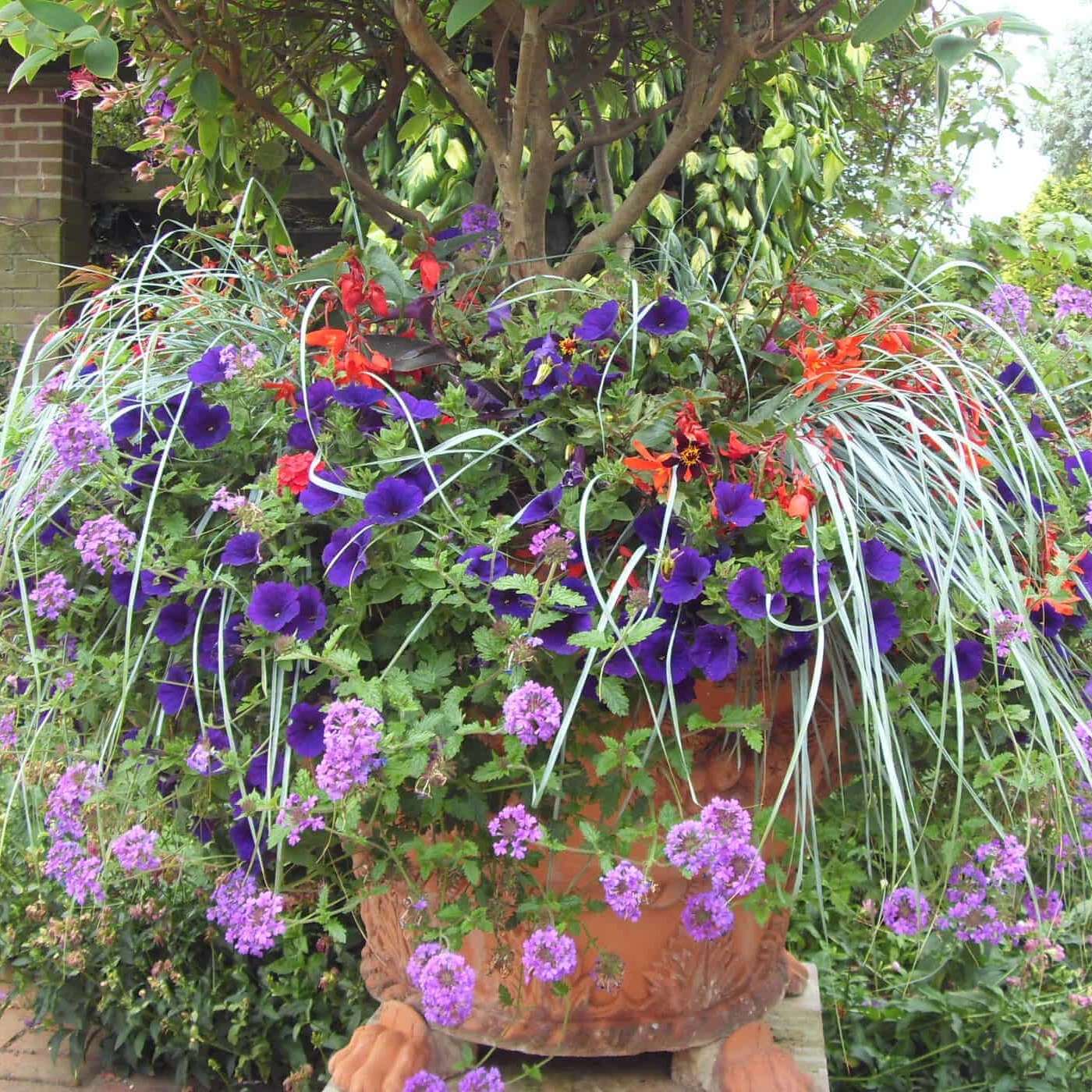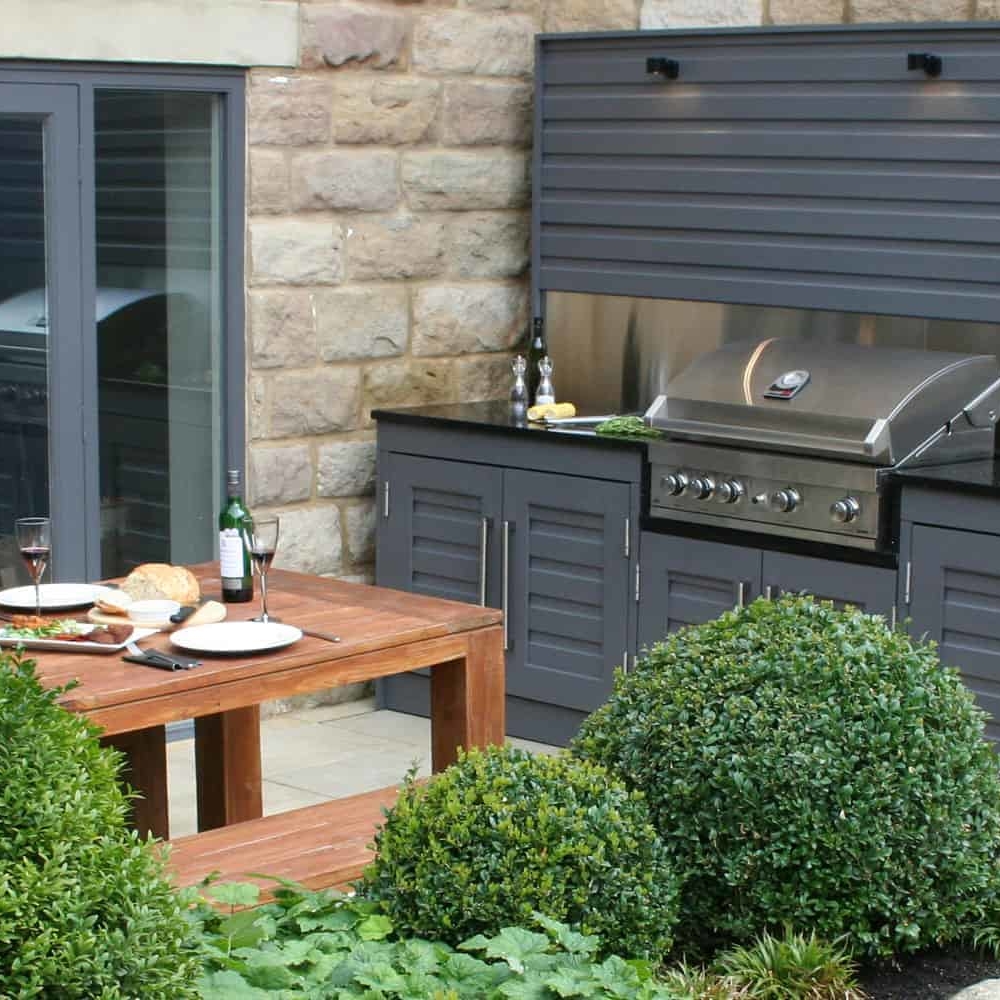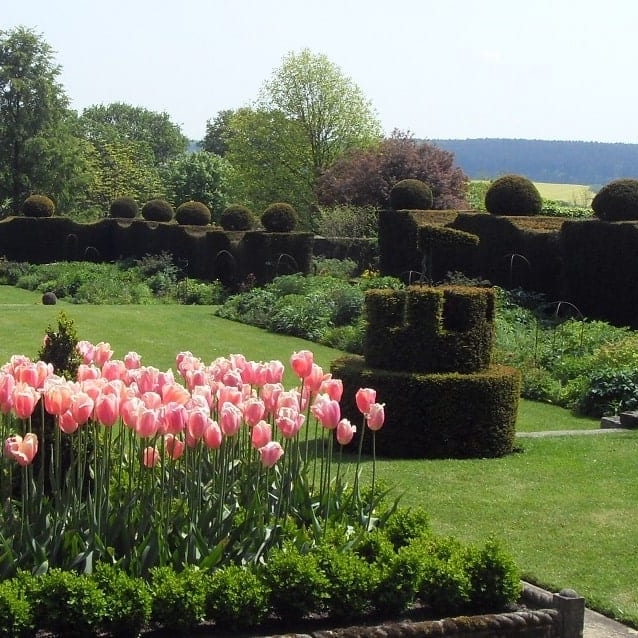Should I install an Irrigation System in my Garden?
Installing an irrigation system in your garden offers several advantages, particularly in terms of water efficiency and plant health. Here’s a detailed look at why you might consider installing one, the types available, water usage comparisons, and the benefits for plant growth:

Benefits of Installing an Irrigation System
1. Water efficiency
Irrigation systems are designed to deliver water directly to the plant roots, minimising evaporation and runoff. This can be much more efficient than using a hose pipe.
2. Consistent watering
Automated irrigation systems provide consistent watering schedules which is crucial for optimal plant health. It’s easy to begin with enthusiasm, but in time (and with holidays) it’s easy to slacken off.
3. Convenience
Automating your watering process saves time and effort and even when you’re not home so you can be sure your plants are getting watered.
4. Water conservation
With proper installation and use, irrigation systems can significantly reduce water waste compared to manual watering methods such as the use of hosepipes and sprinklers.
5. May add value to property
A well-designed water feature can increase the aesthetic and monetary value of your property, making it more attractive to potential buyers. If well chosen and executed, it can make your home more saleable too. If you’re renting or only thinking of staying a short while, consider a self-contained feature that you can take with you.
What are the different types of irrigation systems available?
1. Drip Irrigation
This delivers water directly to the soil at the base of plants through a network of tubing and small sprinklers. The benefits of this kind of system are that it is highly efficient and reduces water wastage; each individual sprinkler can be adapted to deliver a specific amount of water, giving greater control over the water delivered as the plants needs for water changes as it matures.
We recommend:
Claber | A great mid range system that is reasonably easy to install, cost effective and will stand the test of time (it’s important to remove the timer in October so that it doesn’t freeze as it will break in the frost
2. Soaker Hoses
Although, personally, I’m not a huge fan, porous soaker hoses allow water to seep out slowly along their length. Simple DIY install and, in my opinion, best used for hedges.
We recommend:
Gilmour | Flat Weeper Soaker Hose | Durable, flexible, and suitable for garden beds.
Melnor | Flat Soaker Hose | Affordable and effective for vegetable gardens and flower beds.
3. Sprinkler Systems
Suitable for lawns and larger garden areas but, in my experience, can be less efficient than drip systems (still better than a hose pipe, if well-managed). Be mindful that some plants hate overhead watering (such as Mediterranean plants e.g. Lavender, and plants such as Box/Buxus which can be affected by fungal attacks).
We recommend:
Rain Bird Automatic Sprinkler System | Comprehensive system suitable for lawns and large garden areas.
Orbit Sprinkler System | Easy to install with good coverage and customisable zones.
4. Micro-spray Systems
Emit fine sprays of water over a small area, combining some benefits of both drip irrigation and sprinkler systems. Best used in greenhouses or propagation units or as misting systems. Take care to test for legionella though as this can be an issue.
We recommend:
Mister Landscaper Micro Spray Kit | Versatile and easy to set up, ideal for small garden areas.
Raindrip Micro Spray Kit | Efficient and adjustable, perfect for delicate plants and precise watering needs.
Irrigation systems VS hose pipe watering
- Irrigation Systems: Drip irrigation systems can use 20-50% less water than manual watering with a hose pipe. The efficiency comes from targeted watering to the root zone, reducing evaporation, and avoiding runoff. With a properly installed and managed irrigation system, plants generally grow better. The consistent and precise watering promotes healthier root development, reduces stress, and improves overall plant vigour.
- Hose Pipe: Manual watering with a hose pipe can be wasteful as it often leads to overwatering, uneven water distribution, and higher evaporation rates. Inconsistent watering can lead to root rot and under-watering or over-watering which can stress plants and stunt their growth.
In summary
Installing an irrigation system can lead to more efficient water use, healthier plants, and less time spent on garden maintenance. Drip irrigation and soaker hoses are particularly recommended for their water-saving benefits and effectiveness in promoting better plant growth. When choosing a system, consider the specific needs of your garden, such as plant types, garden size, and local climate conditions.
Article first created in June 2024.
Lee Bestall
Founder & Design Director at Bestall & Co Landscape Design, a practice recognised as one of the best garden design companies in the North & Midlands of England. Lee's objective in life is to facilitate the design and build of fabulous gardens and sculpt beautiful landscapes which enhance the natural beauty of the world, as well as transforming the world his clients live in. "My personal mission is to design my own park or village based around a central courtyard garden. My goal in business is to create a nationwide design consultancy which can support my dream." Read more >> or Connect with Lee on LinkedIn >>



